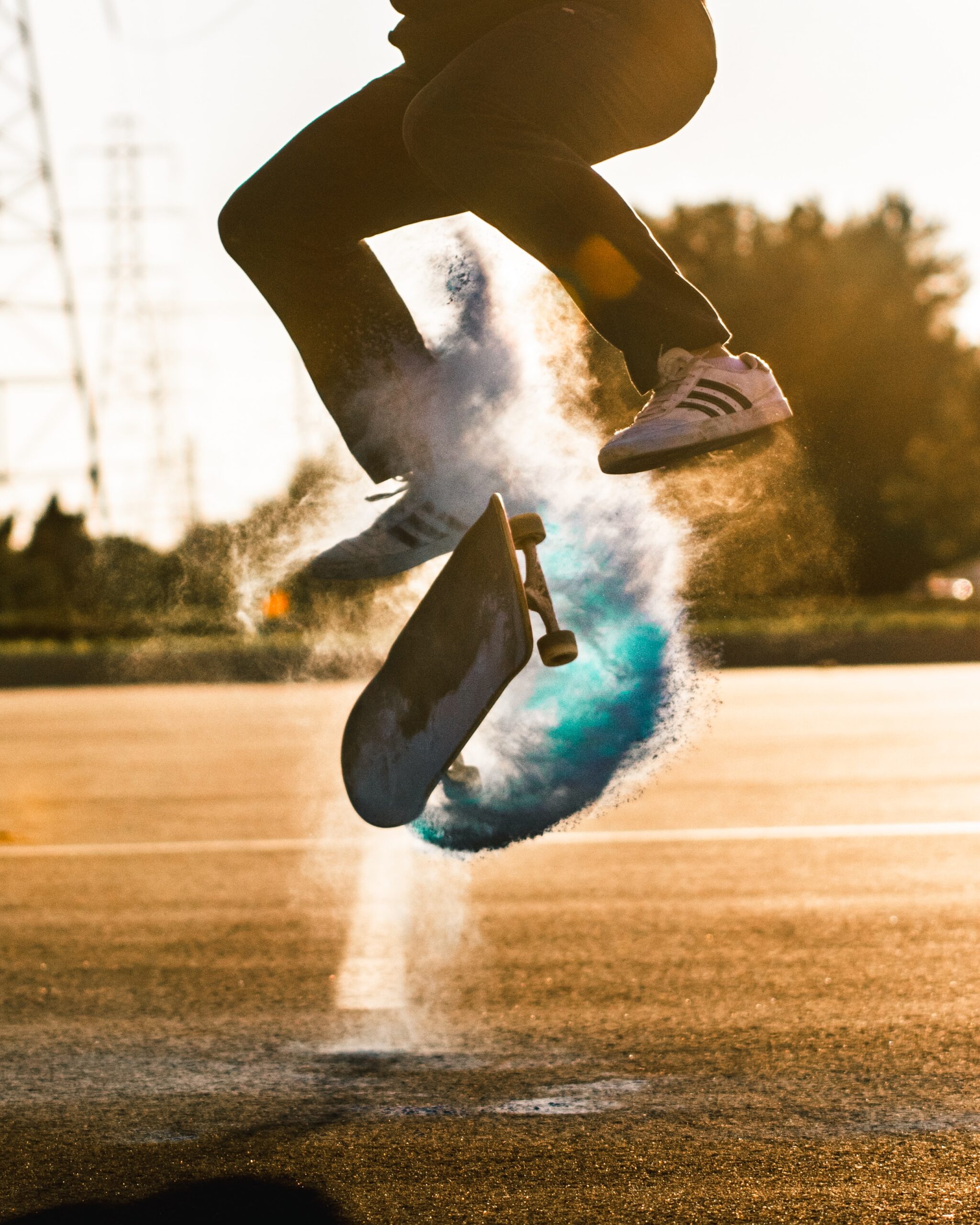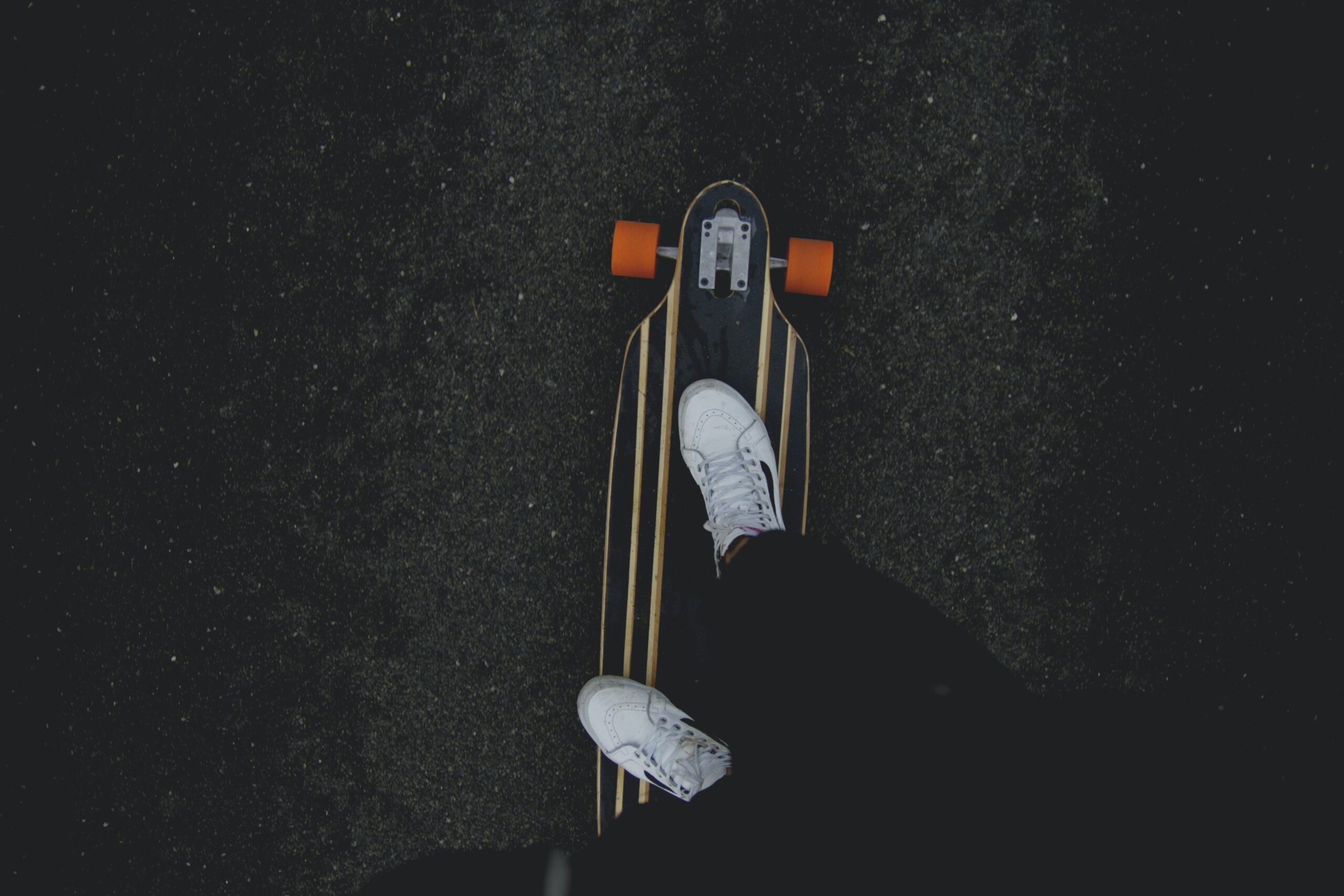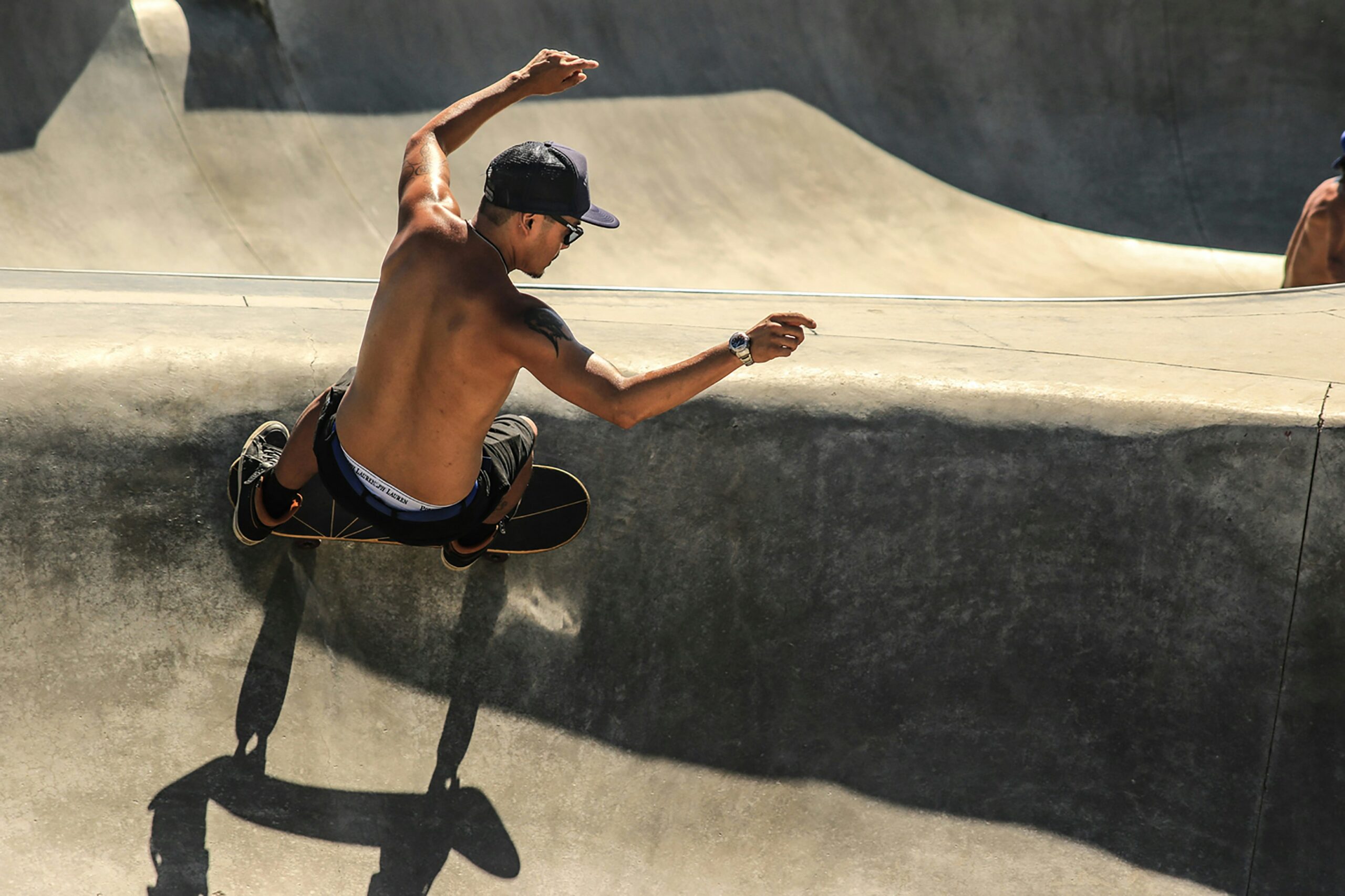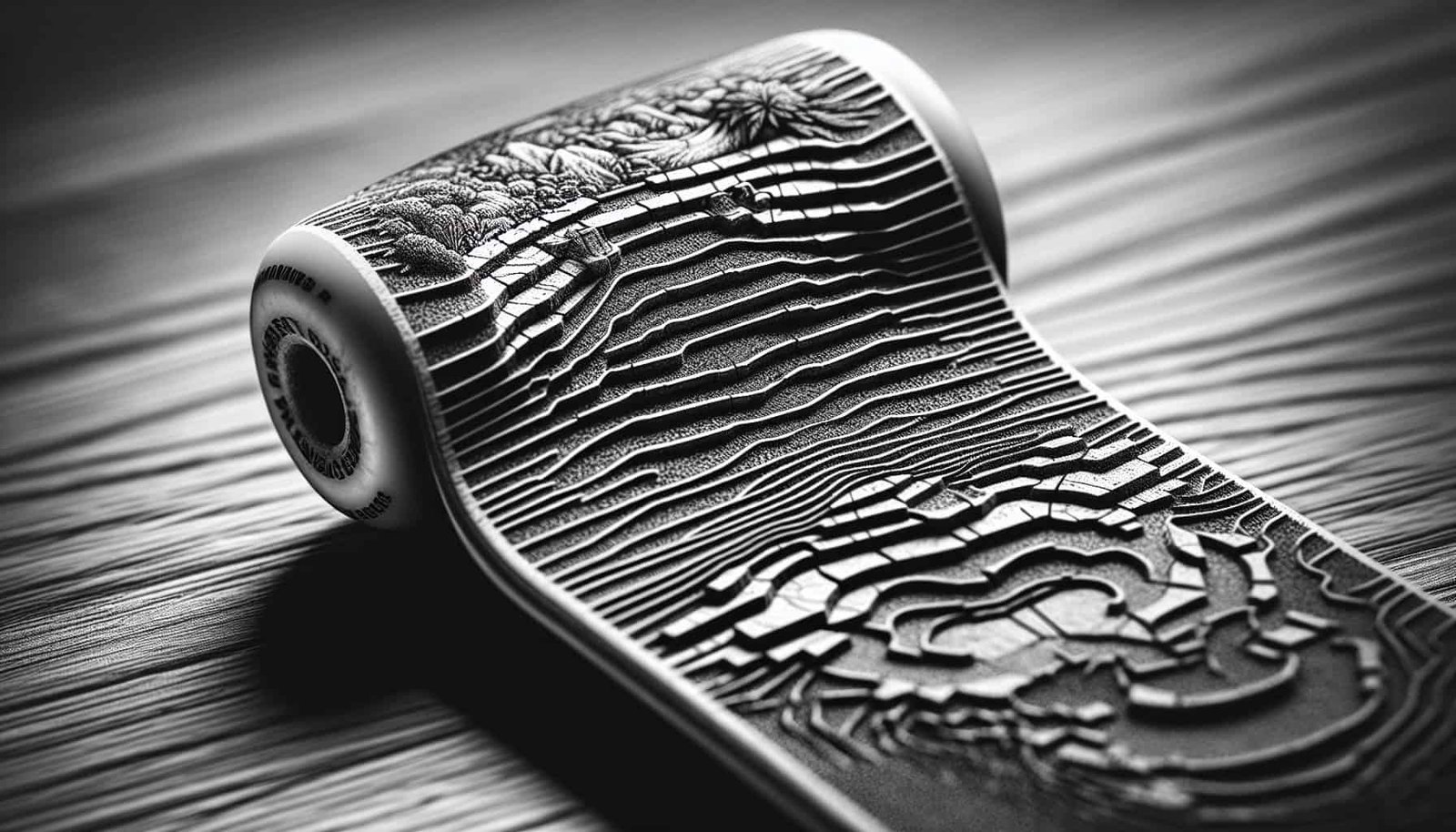Imagine gliding effortlessly on your skateboard, feeling the wind in your hair and the smoothness beneath your wheels. But have you ever wondered how the size of your skateboard deck affects your stability and balance? In this article, we will explore the fascinating relationship between deck size and the way it influences your ability to maintain control while skating. Whether you’re a novice skateboarder or an experienced pro, understanding the impact of deck size on stability and balance will undoubtedly enhance your skating experience.
Introduction
When it comes to skateboarding, deck size plays a crucial role in determining both stability and balance. Whether you’re a beginner just starting out or an advanced skater looking to fine-tune your skills, understanding the impact of deck size is essential for selecting the right skateboard for your needs. In this article, we will explore the factors that affect stability and balance, examine the impact of different deck sizes on these aspects, and provide recommendations for different skill levels and riding styles.
Understanding Deck Size
Definition of deck size
Deck size refers to the width of the skateboard deck, typically measured in inches. It is the most fundamental and noticeable characteristic of a skateboard, directly impacting the skater’s overall experience and performance. Deck sizes can vary, ranging from around 7.5 inches for narrower decks to over 9 inches for wider decks.
Importance of deck size in skateboarding
Deck size is crucial in skateboarding as it directly affects stability and balance. It determines how the skateboard responds to different movements, surfaces, and tricks. A properly sized deck ensures a comfortable stance, allows for optimal weight distribution, and enhances maneuverability. Understanding the impact of deck size can greatly improve your skateboarding experience.

Factors Affecting Stability and Balance
Various factors contribute to the stability and balance of a skateboard. Let’s explore each of these factors and understand their role in shaping your skating performance.
Deck size
Deck size, as mentioned earlier, is a critical factor in determining stability and balance. A wider deck provides a larger platform for your feet, offering increased stability. Conversely, a narrower deck offers enhanced maneuverability, but it may compromise stability, especially for beginners.
Wheelbase
The wheelbase is the measurement between the two sets of mounting holes on a skateboard deck. It affects how the skateboard responds to weight shifts and impacts stability. A longer wheelbase offers greater stability due to its increased distance between the axles. Conversely, a shorter wheelbase allows for quicker turns but may result in reduced stability.
Truck width
Truck width refers to the distance between the two axles. It works in conjunction with deck size to influence stability and balance. Wider trucks provide enhanced stability, while narrower trucks contribute to greater maneuverability. Selecting the appropriate truck width based on your deck size is crucial for achieving the desired stability and balance.
Concave
Concave refers to the curved shape of the skateboard deck, usually in a U or W shape. It affects how your feet connect with the board and can influence stability and balance. Deeper concave offers a better grip, providing added stability. However, an extreme concave can restrict foot movement and affect balance, requiring more precise foot placements.
Flex
Flex relates to the degree of flexibility in a skateboard deck. While it primarily affects the ride quality, it can indirectly impact stability and balance. A stiffer deck offers greater stability and control at higher speeds. In contrast, a more flexible deck absorbs shocks and vibrations, which can help maintain balance on rough or uneven terrain.
Deck shape
The shape of the deck also plays a role in stability and balance. There are various deck shapes available, including popsicle, cruiser, and old school shapes. Each shape has its own characteristics that can influence stability and balance differently. Consider your riding style and preferences when selecting a deck shape.
Deck Size and Stability
Impact of smaller deck size on stability
A smaller deck size tends to offer increased maneuverability, making it ideal for technical tricks and street skating. However, it may sacrifice stability, especially at higher speeds or on rough terrain. Beginners may find it challenging to maintain balance on a smaller deck, as the reduced surface area may require more precise foot placements and weight distribution.
Impact of larger deck size on stability
A larger deck size offers enhanced stability, especially for skaters seeking a more comfortable and stable platform. It provides a wider surface area for your feet, allowing for better weight distribution and balance. However, larger decks may be less maneuverable, making them less suitable for technical tricks and street skating that require quick movements.

Deck Size and Balance
Impact of smaller deck size on balance
Smaller deck sizes require a higher level of balance and precision. The reduced width demands more accurate foot placements and weight distribution to maintain stability. While this can be a challenge, it can also contribute to developing a strong sense of balance and control.
Impact of larger deck size on balance
Larger deck sizes generally offer a more forgiving balance. The increased width allows for a wider stance and more margin for errors, making it easier to distribute weight and maintain stability. This can be particularly beneficial for beginners or skaters looking for a more stable platform.
Optimal Deck Size for Stability and Balance
Finding the right deck size for stability
To achieve optimal stability, it is recommended to choose a deck size that aligns with your skill level and riding style. For beginners, a slightly wider deck, around 7.75-8.25 inches, can provide a more stable platform to develop their balance and control. Intermediate skaters may opt for a deck size in the range of 8.0-8.5 inches, considering their preferred riding style. Advanced skaters have the flexibility to choose a deck size based on their specific preferences and requirements.
Finding the right deck size for balance
Balance is largely influenced by personal preference and comfort. Experimenting with different deck sizes can help you determine the optimal balance for your individual style. Consider factors such as deck width, concave, and wheelbase to find the perfect combination that allows you to maintain balance while performing tricks or cruising.

Deck Size and Skill Level
Deck size recommendations for beginners
For beginners, deck sizes ranging from 7.75 to 8.25 inches are typically recommended. These sizes offer a stable platform while allowing room for progression and learning. The slightly wider deck provides more stability and forgiveness, aiding in developing essential balance and control skills.
Deck size recommendations for intermediate skaters
Intermediate skaters usually have a better understanding of their riding style and preferences. Deck sizes between 8.0 and 8.5 inches are often preferred by intermediate skaters as they offer a balance between stability and maneuverability, catering to a variety of tricks and terrains.
Deck size recommendations for advanced skaters
Advanced skaters have the experience and skill to experiment with different deck sizes based on their specific needs. They can consider factors such as personal preference, riding style, and the type of tricks they prioritize. Deck sizes ranging from 8.25 to 8.75 inches are commonly chosen by advanced skaters.
Deck Size and Riding Style
Deck size for street/park skating
For street and park skating, deck sizes between 7.75 and 8.25 inches are popular choices. These sizes provide optimal stability for executing technical tricks while maintaining maneuverability. The narrower deck allows for quick movements and precise foot placements, essential for street-style skating.
Deck size for vert/transition skating
Vert and transition skating often require more stability and control at higher speeds. Larger deck sizes, typically ranging from 8.25 to 9 inches, are preferred by skaters in these disciplines. The wider decks offer greater stability and a larger surface area for better weight distribution, crucial for mastering vert ramps and transitions.
Deck size for cruising/longboarding
Cruising and longboarding benefit from wider and more stable decks. Deck sizes between 8.5 and 9 inches are commonly used for these riding styles. The wider platform allows for a comfortable stance and smooth rides, making cruising and longboarding enjoyable for extended periods.

Personal Preference and Deck Size
Individual preferences for deck size
Skateboarding is a highly personal and individualized activity, and personal preference plays a significant role in choosing the right deck size. Factors like foot size, riding style, and comfort level all contribute to the individual’s preference for deck size. Experimenting with different sizes can help determine the perfect fit for your unique needs.
Experimenting with different deck sizes
Skateboarding is all about exploration and pushing personal boundaries. To truly understand the impact of deck size on stability and balance, it is essential to experiment with different sizes. Try out various deck sizes and pay attention to how they affect your stability, balance, and overall skating experience. This hands-on approach will allow you to find the perfect deck size that suits your specific needs and style.
Conclusion
Deck size is a critical factor in determining both stability and balance while skateboarding. It directly influences your ability to maintain control, execute tricks, and navigate different terrains. By considering factors like deck size, wheelbase, truck width, concave, flex, and deck shape, you can tailor your skateboard to your skill level, riding style, and personal preferences. Remember, it’s all about finding the right balance between stability and maneuverability for an optimal skating experience. So strap on your helmet, grab your skateboard, and hit the streets with confidence, knowing you’ve found the perfect deck size to enhance your stability and balance. Happy skating!


